|
Your search criteria found 1199 images Target is Jupiter (and available satellites) |
| My List |
Addition Date |
Target
|
Mission | Instrument | Size |

|
2023-05-15 | Io |
Juno |
JunoCam |
3313x859x3 |

|
|||||

|
2023-05-15 | Io |
Juno |
JunoCam |
1724x859x3 |
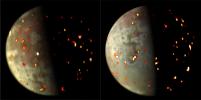
|
|||||

|
2023-07-26 | Io |
Juno |
JunoCam |
2261x1892x3 |
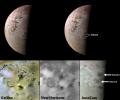
|
|||||

|
2023-12-22 | Io |
Juno |
JunoCam |
5037x5223x3 |

|
|||||

|
2023-12-22 | Io |
Juno |
JunoCam |
1091x961x3 |

|
|||||

|
2024-04-17 | Io |
Juno |
JunoCam |
2296x2296x3 |
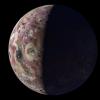
|
|||||

|
2024-04-18 | Io |
Juno |
JunoCam |
1070x450x3 |
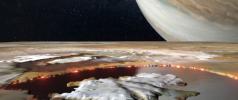
|
|||||

|
2024-04-18 | Io |
Juno |
JunoCam |
1059x452x3 |
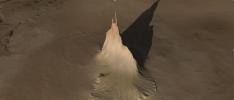
|
|||||

|
1997-01-09 | J Rings |
Voyager |
VG ISS - Narrow Angle |
439x545x1 |

|
|||||

|
1997-01-09 | J Rings |
Voyager |
VG ISS - Narrow Angle |
439x545x1 |

|
|||||

|
1998-03-26 | J Rings |
Galileo |
Solid-State Imaging |
1108x300x1 |

|
|||||

|
1998-03-26 | J Rings |
Galileo |
Solid-State Imaging |
1493x487x1 |

|
|||||

|
1998-03-26 | J Rings |
Galileo |
Solid-State Imaging |
1152x376x3 |

|
|||||

|
1998-03-26 | J Rings |
Galileo |
Solid-State Imaging |
800x410x1 |
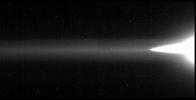
|
|||||

|
1998-03-26 | J Rings |
Galileo |
Solid-State Imaging |
1151x800x3 |
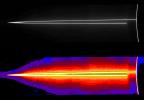
|
|||||

|
1998-10-30 | J Rings |
Voyager |
1715x1706x1 | |
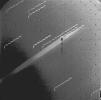
|
|||||

|
1999-05-08 | J Rings |
Voyager |
1586x1239x3 | |
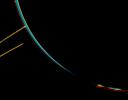
|
|||||

|
1998-09-15 | J Rings |
Galileo |
Solid-State Imaging |
2663x1418x1 |
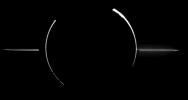
|
|||||

|
1998-09-15 | J Rings |
Galileo |
Solid-State Imaging |
1078x636x1 |
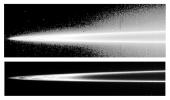
|
|||||

|
1998-09-15 | J Rings |
Galileo |
Solid-State Imaging |
2016x1529x3 |
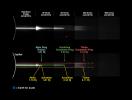
|
|||||

|
1998-09-15 | J Rings |
Galileo |
Solid-State Imaging |
2560x1920x3 |
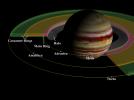
|
|||||

|
1998-09-15 | J Rings |
Galileo |
Solid-State Imaging |
1800x2700x3 |

|
|||||

|
2000-03-23 | J Rings |
Voyager |
VG ISS - Narrow Angle |
621x672x1 |

|
|||||

|
2000-09-25 | J Rings |
Galileo |
Solid-State Imaging |
4306x3306x3 |
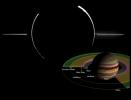
|
|||||

|
2007-04-02 | J Rings |
New Horizons |
LORRI |
835x626x1 |
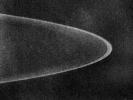
|
|||||

|
2011-03-31 | J Rings |
Galileo |
Solid-State Imaging |
715x781x1 |

|
|||||

|
1996-01-29 | Jupiter |
Voyager |
2000x536x3 | |

|
|||||

|
1996-02-01 | Jupiter |
Voyager |
VG ISS - Narrow Angle |
895x848x3 |
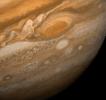
|
|||||

|
1996-01-29 | Jupiter |
Voyager |
VG Imaging Science Subsystem |
940x886x3 |
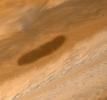
|
|||||

|
1996-01-29 | Jupiter |
Voyager |
760x876x3 | |

|
|||||

|
1996-01-29 | Jupiter |
Voyager |
Imaging Science Subsystem |
896x928x3 |

|
|||||

|
1996-01-29 | Jupiter |
Voyager |
908x880x3 | |
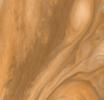
|
|||||

|
1996-01-29 | Jupiter |
Voyager |
908x880x3 | |
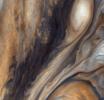
|
|||||

|
1996-08-01 | Jupiter |
Voyager |
2798x2030x3 | |
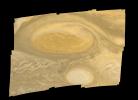
|
|||||

|
1996-09-26 | Jupiter |
Voyager |
Imaging Science Subsystem |
400x400x3 |
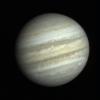
|
|||||

|
1996-09-26 | Jupiter |
Voyager |
1471x1238x3 | |
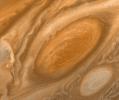
|
|||||

|
1996-01-29 | Jupiter |
Galileo |
Solid-State Imaging |
1600x1250x1 |
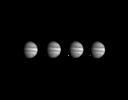
|
|||||

|
1996-01-29 | Jupiter |
Voyager |
VG ISS - Narrow Angle |
820x540x3 |
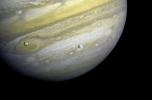
|
|||||

|
1997-01-09 | Jupiter |
Voyager |
VG ISS - Wide Angle |
800x800x1 |
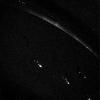
|
|||||

|
1996-03-13 | Jupiter |
Voyager |
VG ISS - Narrow Angle |
1000x1000x3 |
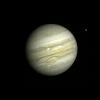
|
|||||

|
1997-09-07 | Jupiter |
Galileo |
Solid-State Imaging |
1024x2048x3 |

|
|||||

|
1998-06-04 | Jupiter |
Voyager |
840x840x3 | |
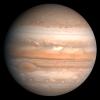
|
|||||

|
1999-03-06 | Jupiter |
Voyager |
VG ISS - Narrow Angle |
1000x1000x3 |
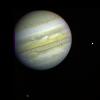
|
|||||

|
1999-03-06 | Jupiter |
Voyager |
VG ISS - Narrow Angle |
916x783x3 |
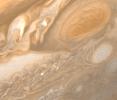
|
|||||

|
1999-03-06 | Jupiter |
Voyager |
VG ISS - Narrow Angle |
915x894x3 |
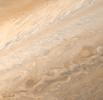
|
|||||

|
1996-11-13 | Jupiter |
Voyager |
VG ISS - Narrow Angle |
850x575x3 |
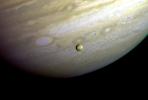
|
|||||

|
1996-11-13 | Jupiter |
Voyager |
VG ISS - Narrow Angle |
790x900x3 |

|
|||||

|
1996-09-26 | Jupiter |
Voyager |
VG ISS - Narrow Angle |
600x600x3 |
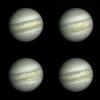
|
|||||

|
1996-09-26 | Jupiter |
Voyager |
VG ISS - Narrow Angle |
500x500x3 |
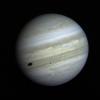
|
|||||

|
1996-09-26 | Jupiter |
Voyager |
VG ISS - Narrow Angle |
846x800x3 |
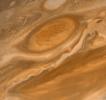
|
|||||

|
1996-09-26 | Jupiter |
Voyager |
VG ISS - Narrow Angle |
607x496x3 |
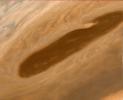
|
|||||

|
1997-09-07 | Jupiter |
Galileo |
Solid-State Imaging |
1400x900x1 |
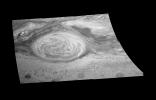
|
|||||

|
1997-09-07 | Jupiter |
Galileo |
Solid-State Imaging |
2100x1200x3 |
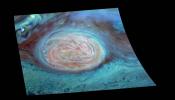
|
|||||

|
1997-09-07 | Jupiter |
Galileo |
Solid-State Imaging |
1546x1127x1 |
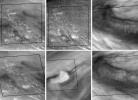
|
|||||

|
1998-03-26 | Jupiter |
Galileo |
Near Infrared Mapping Spectrometer |
233x506x3 |
|
|
|||||

|
1997-09-08 | Jupiter |
Galileo |
Solid-State Imaging |
700x800x3 |

|
|||||

|
1997-12-18 | Jupiter |
Galileo |
Solid-State Imaging |
820x1440x3 |

|
|||||

|
1997-12-18 | Jupiter |
Galileo |
Solid-State Imaging |
625x685x3 |

|
|||||

|
1997-12-18 | Jupiter |
Galileo |
Solid-State Imaging |
758x1028x1 |

|
|||||

|
1997-12-18 | Jupiter |
Galileo |
Solid-State Imaging |
800x800x3 |
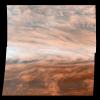
|
|||||

|
1998-03-26 | Jupiter |
Galileo |
Near Infrared Mapping Spectrometer |
1000x800x3 |
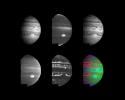
|
|||||

|
1997-11-18 | Jupiter |
Galileo |
Solid-State Imaging |
1053x1491x3 |

|
|||||

|
1998-03-06 | Jupiter |
Galileo |
Solid-State Imaging |
1300x1000x3 |
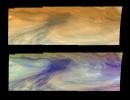
|
|||||

|
1997-09-23 | Jupiter |
Galileo |
Solid-State Imaging |
712x715x3 |
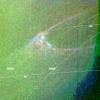
|
|||||

|
1998-03-06 | Jupiter |
Galileo |
Solid-State Imaging |
1300x1200x1 |
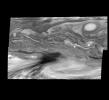
|
|||||

|
1997-09-23 | Jupiter |
Galileo |
Solid-State Imaging |
614x900x1 |

|
|||||

|
1998-03-26 | Jupiter |
Galileo |
Solid-State Imaging |
1700x1700x3 |
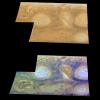
|
|||||

|
1998-03-26 | Jupiter |
Galileo |
Solid-State Imaging |
903x787x3 |
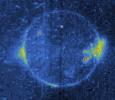
|
|||||

|
1997-09-07 | Jupiter |
Galileo |
Solid-State Imaging |
2000x1431x3 |
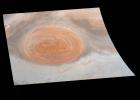
|
|||||

|
1997-09-07 | Jupiter |
Galileo |
Solid-State Imaging |
1400x800x1 |
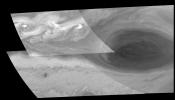
|
|||||

|
1997-09-07 | Jupiter |
Galileo |
Solid-State Imaging |
1000x1400x1 |

|
|||||

|
1997-09-07 | Jupiter |
Galileo |
Solid-State Imaging |
2800x1600x1 |
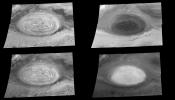
|
|||||

|
1997-09-07 | Jupiter |
Galileo |
Solid-State Imaging |
513x701x1 |

|
|||||

|
1997-09-07 | Jupiter |
Galileo |
Solid-State Imaging |
550x750x1 |

|
|||||

|
1997-09-23 | Jupiter |
Galileo |
Photopolarimeter Subsystem |
807x700x3 |
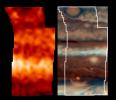
|
|||||

|
1997-09-24 | Jupiter |
Galileo |
Photopolarimeter Subsystem |
585x376x3 |
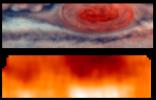
|
|||||

|
1997-09-29 | Jupiter |
Galileo |
Photopolarimeter Subsystem |
875x605x3 |
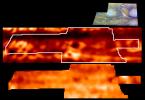
|
|||||

|
1999-09-27 | Jupiter |
Galileo |
Solid-State Imaging |
1200x700x1 |
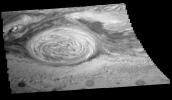
|
|||||

|
1998-03-26 | Jupiter |
Galileo |
Solid-State Imaging |
1400x900x1 |
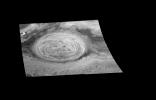
|
|||||

|
1998-03-26 | Jupiter |
Galileo |
Solid-State Imaging |
1200x700x1 |
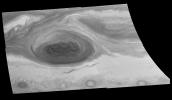
|
|||||

|
1998-03-26 | Jupiter |
Galileo |
Solid-State Imaging |
4000x2500x1 |
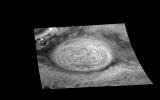
|
|||||

|
1998-03-26 | Jupiter |
Galileo |
Solid-State Imaging |
414x800x1 |
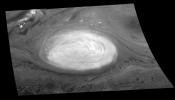
|
|||||

|
1998-03-26 | Jupiter |
Galileo |
Near Infrared Mapping Spectrometer |
1300x900x3 |
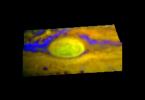
|
|||||

|
1998-03-26 | Jupiter |
Galileo |
Near Infrared Mapping Spectrometer |
900x800x3 |
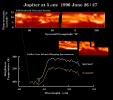
|
|||||

|
1998-03-26 | Jupiter |
Galileo |
Solid-State Imaging |
970x844x1 |
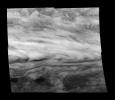
|
|||||

|
1998-03-26 | Jupiter |
Galileo |
Near Infrared Mapping Spectrometer |
1000x800x3 |
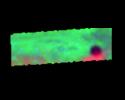
|
|||||

|
1998-03-26 | Jupiter |
Galileo |
Near Infrared Mapping Spectrometer |
700x900x1 |

|
|||||

|
1998-03-26 | Jupiter |
Galileo |
Solid-State Imaging |
1400x800x3 |
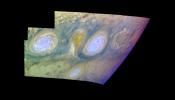
|
|||||

|
1998-03-26 | Jupiter |
Galileo |
Solid-State Imaging |
1400x800x3 |
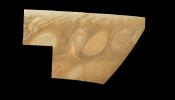
|
|||||

|
1998-03-26 | Jupiter |
Galileo |
Solid-State Imaging |
1700x800x3 |
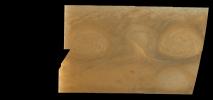
|
|||||

|
1998-03-26 | Jupiter |
Galileo |
Solid-State Imaging |
1700x800x3 |
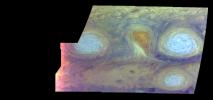
|
|||||

|
1998-03-26 | Jupiter |
Galileo |
Solid-State Imaging |
1900x1000x1 |
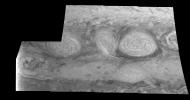
|
|||||

|
1998-03-26 | Jupiter |
Galileo |
Solid-State Imaging |
1700x800x1 |
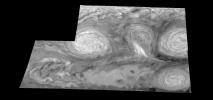
|
|||||

|
1998-03-26 | Jupiter |
Galileo |
Solid-State Imaging |
1700x800x1 |
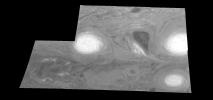
|
|||||

|
1998-03-26 | Jupiter |
Galileo |
Solid-State Imaging |
1400x800x1 |
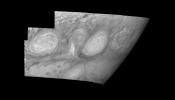
|
|||||

|
1998-03-26 | Jupiter |
Galileo |
Solid-State Imaging |
1400x800x1 |
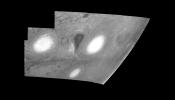
|
|||||

|
1998-03-26 | Jupiter |
Galileo |
Solid-State Imaging |
1700x800x1 |
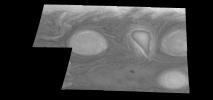
|
|||||

|
1998-03-26 | Jupiter |
Galileo |
Solid-State Imaging |
1700x800x1 |
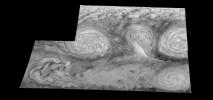
|
|||||

|
1998-03-26 | Jupiter |
Galileo |
Solid-State Imaging |
1400x800x1 |
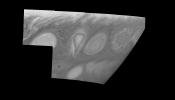
|
|||||

|
1998-03-26 | Jupiter |
Galileo |
Solid-State Imaging |
1400x800x1 |
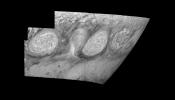
|
|||||

|
 |
 |
 |
 |
 |
 |
 |
 |
 |
 |

|
| 1-100 | 101-200 | 201-300 | 301-400 | 401-500 | 501-600 | 601-700 | 701-800 | 801-900 | 901-1000 |
| Currently displaying images: 601 - 700 of 1199 |